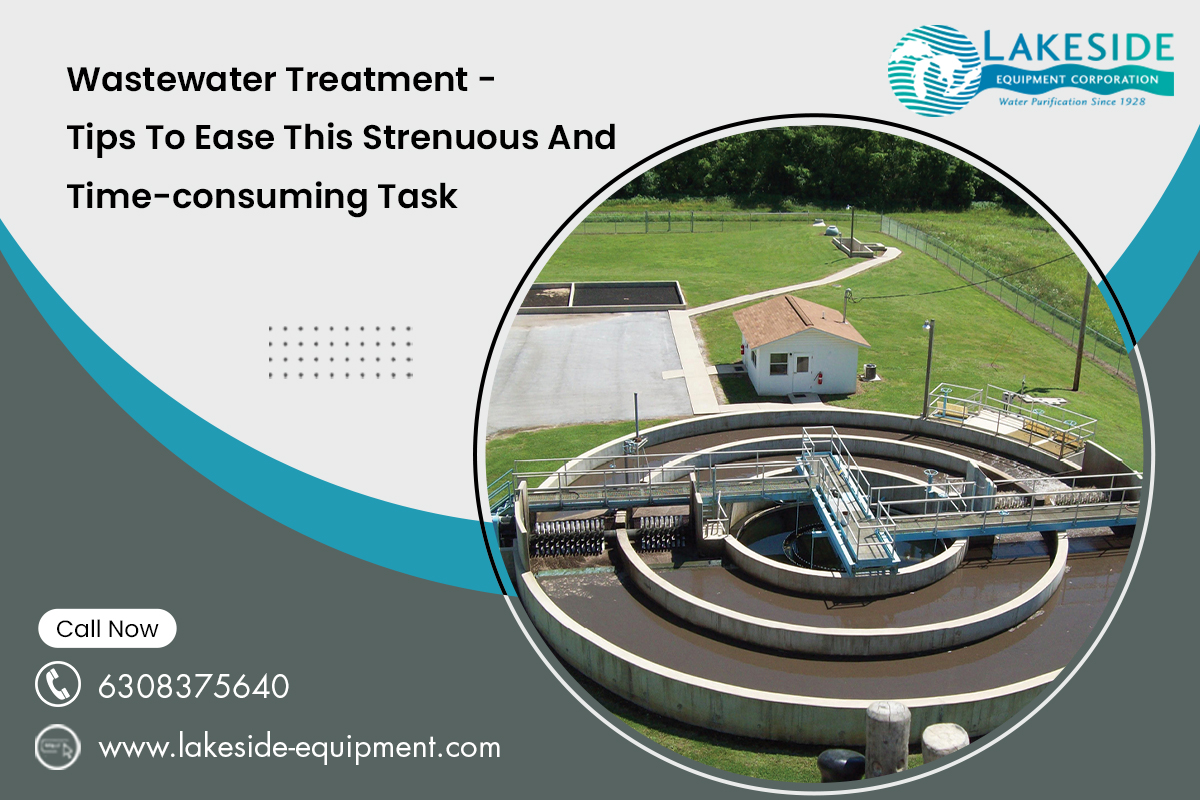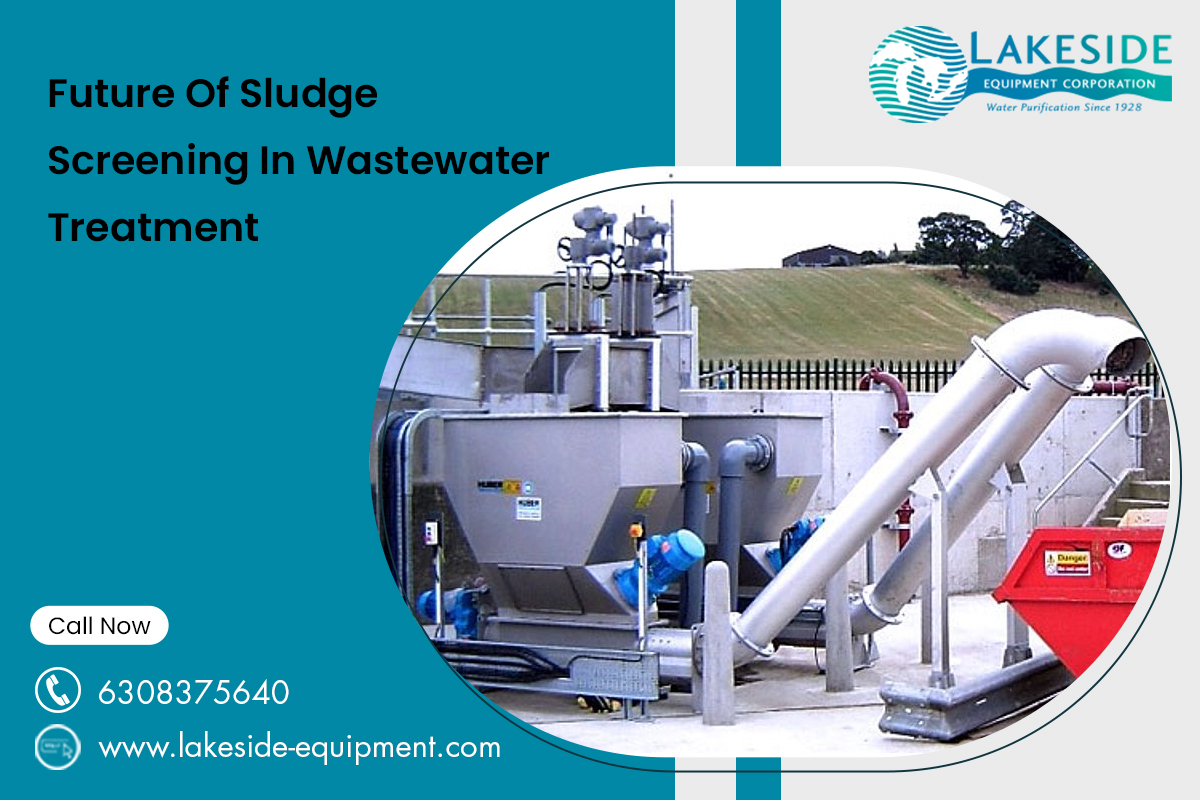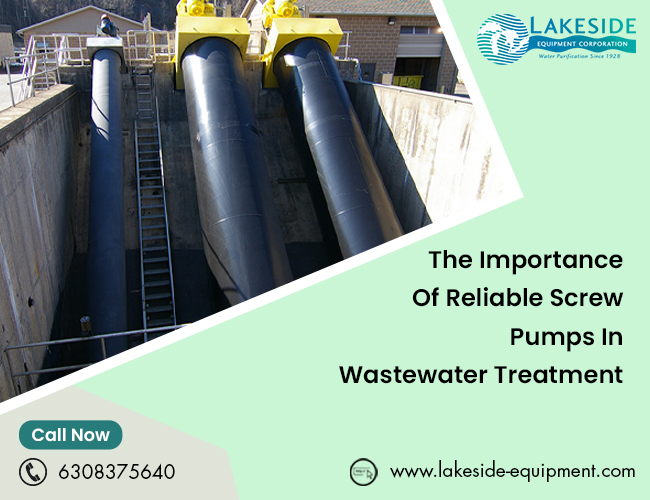Why Wastewater Screens are Essential for Cleaner, Safer Water?

With increasing industrialization and population growth, clean and safe water is getting rare in today's world. Technologies for water treatment depend on the safety of public health, make the ecosystem durable, and ensure drinking water safety. Wastewater screens is part of several technologies that ensure achievement in these functions. They create an integral part of waste water treatment. Wastewater screening is an important procedure to eliminate solid waste and waste from raw wastewater before undergoing more stringent treatment. But what are wastewater screens, and why are they so important for cleaner and safe water? What Are Wastewater Screens? Technically, wastewater screens are machines deployed to sift out large debris and solids from wastewater. From raw sewage to industrial facility runoff, wastewater tends to have a mix of contaminants, from organic matter to plastics and metal items. These contaminants will harm the environment and public ...












.png)
